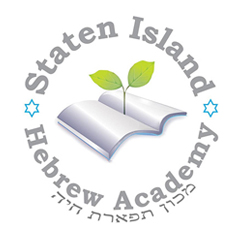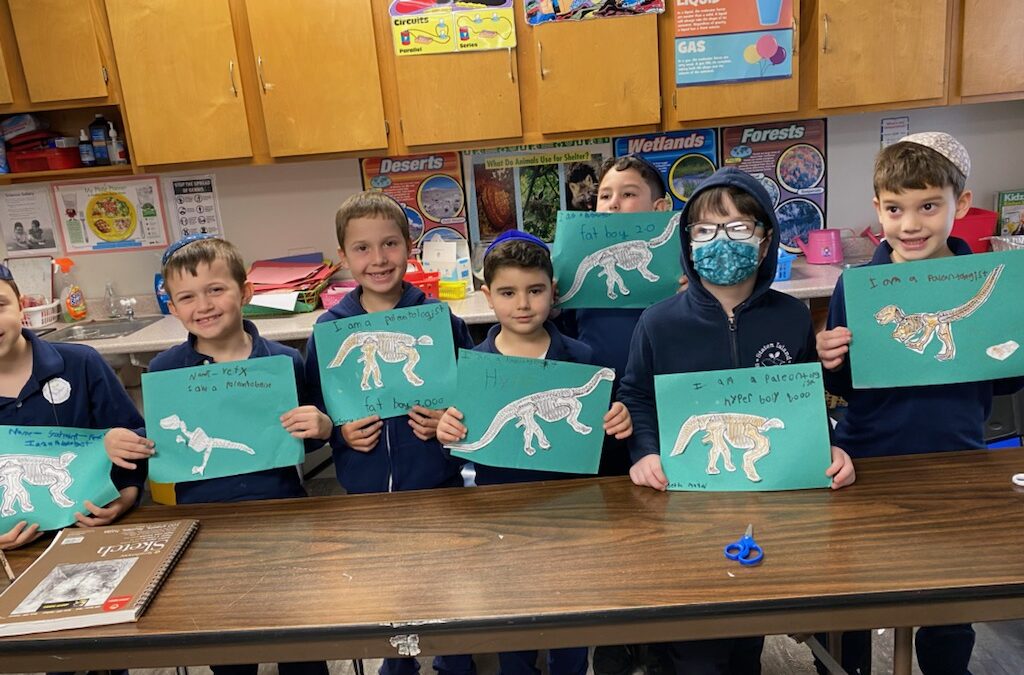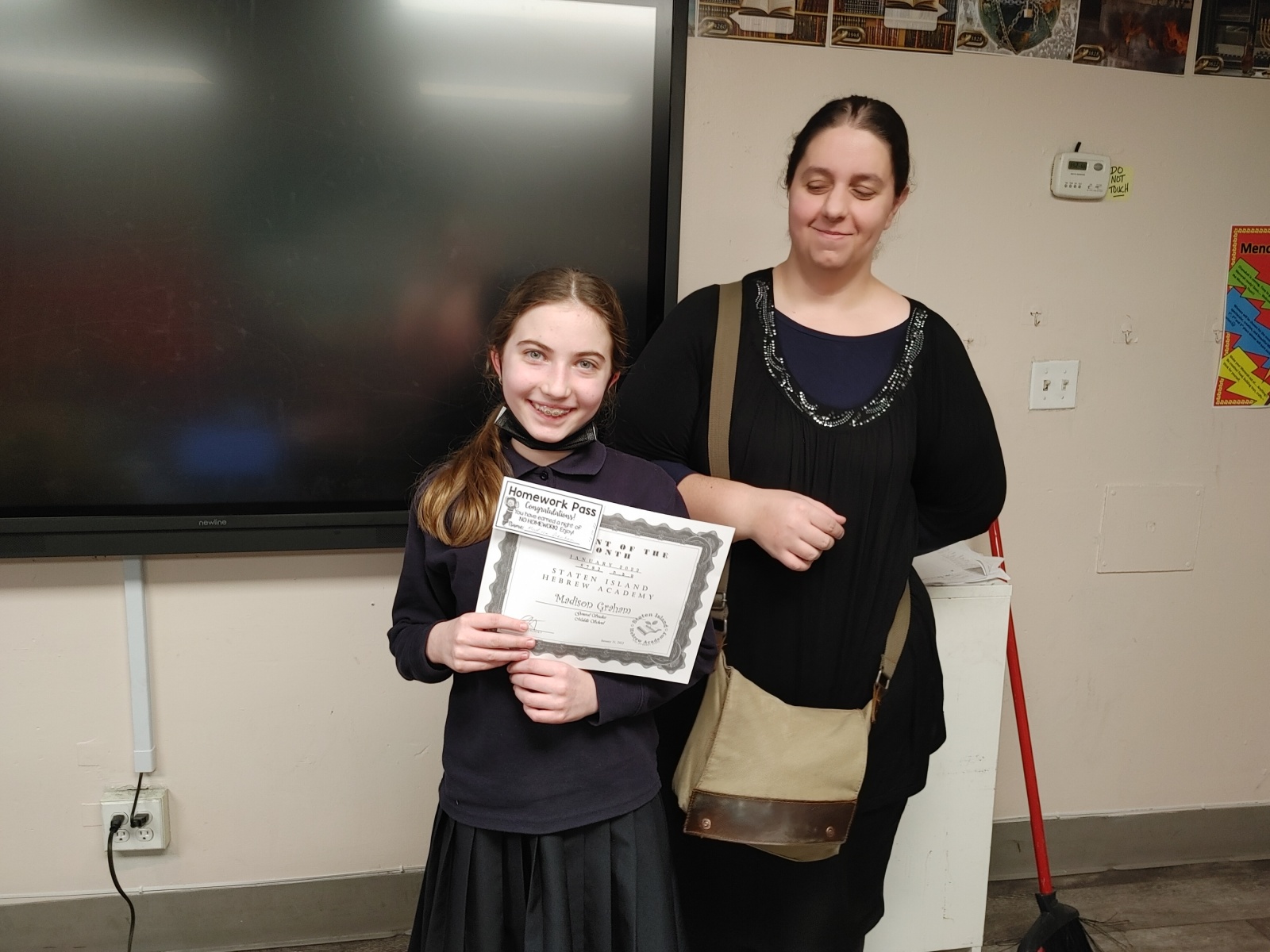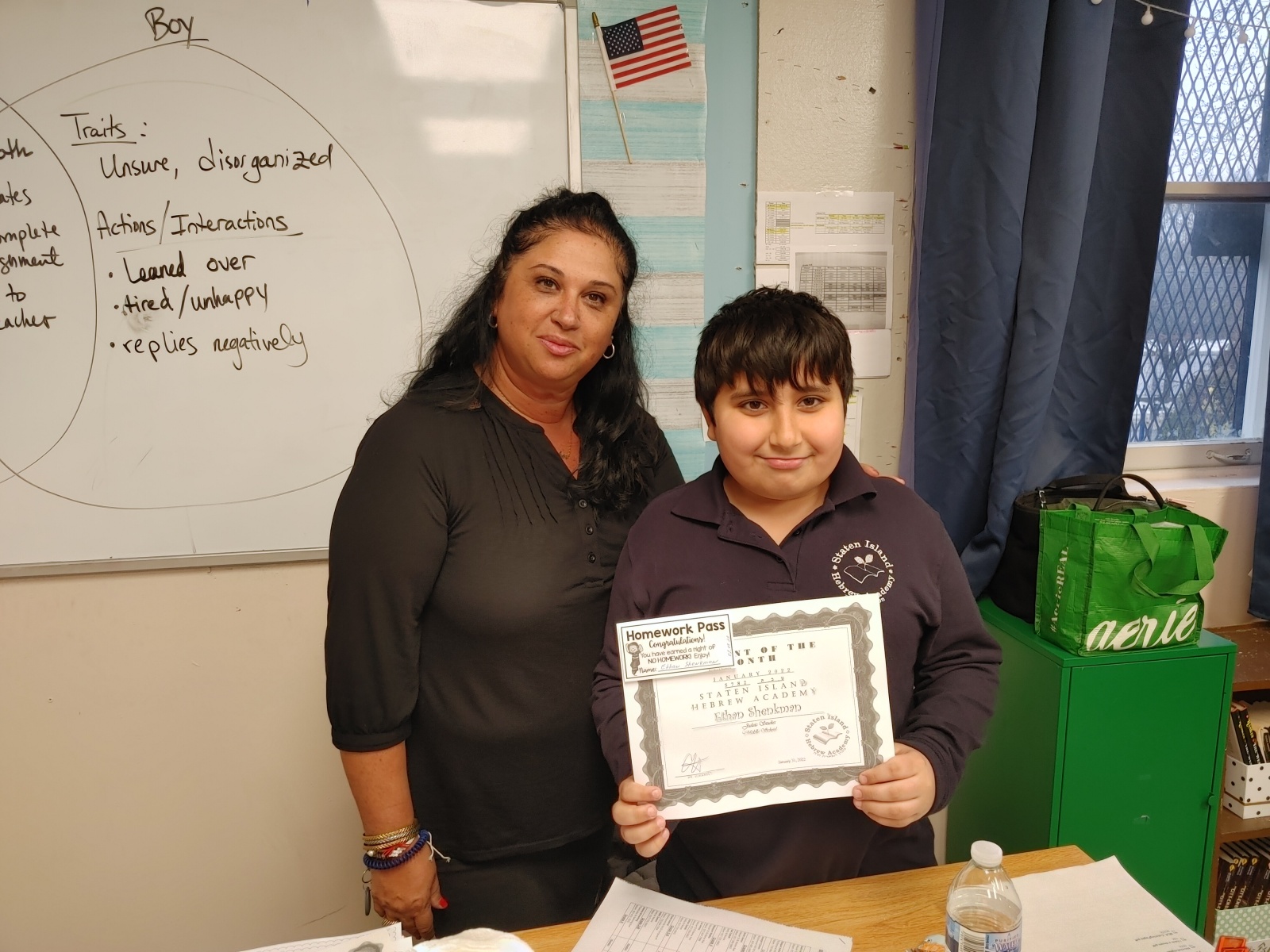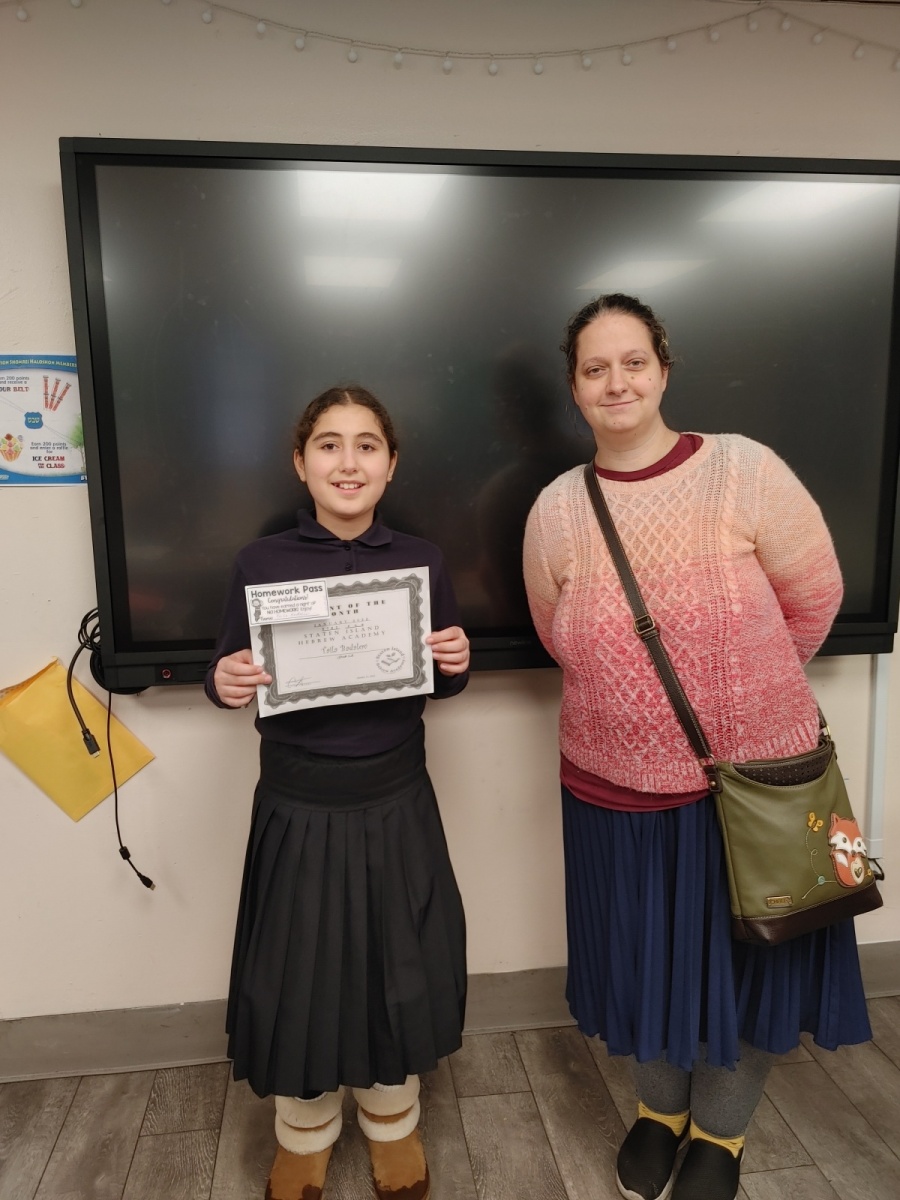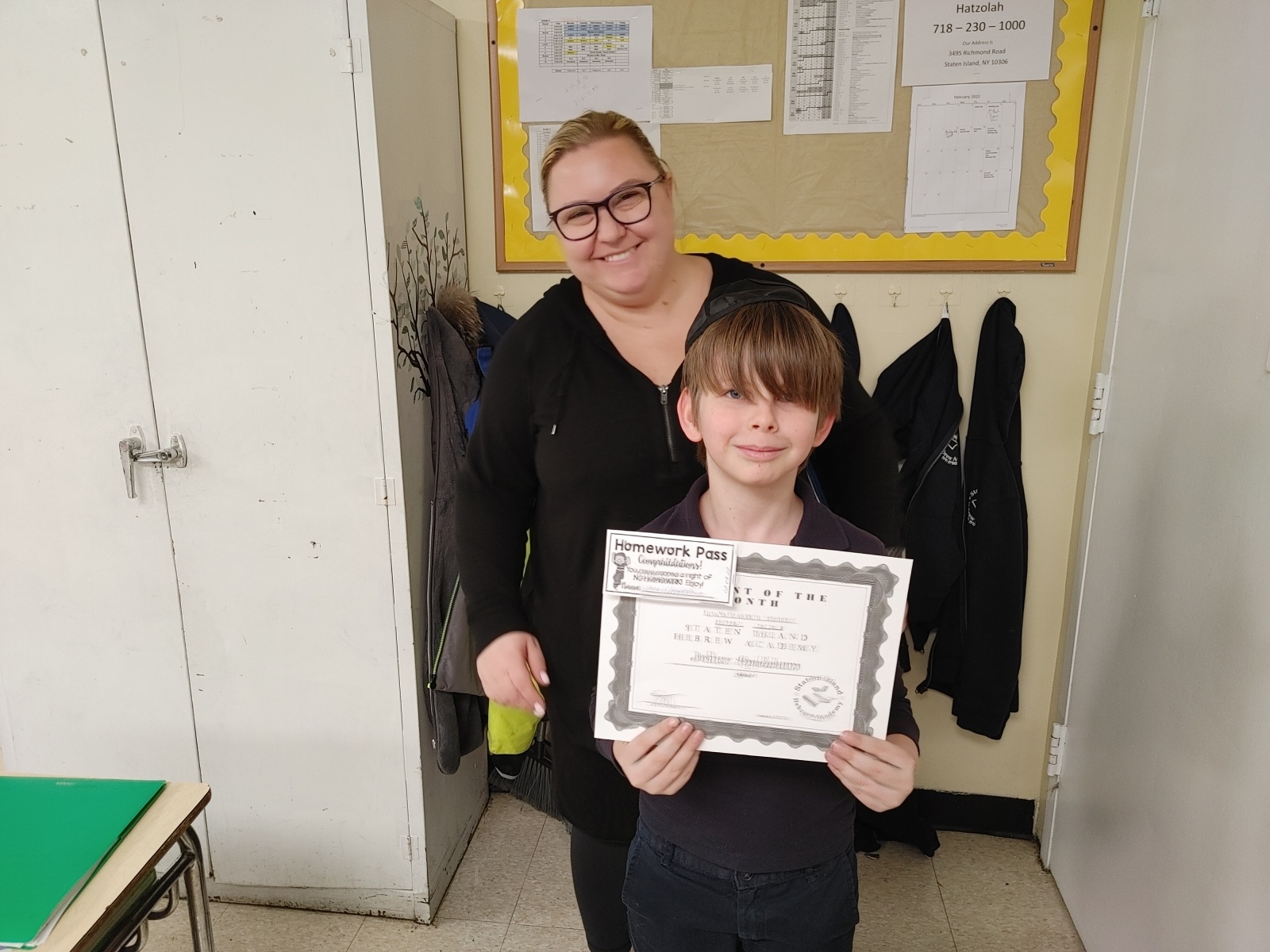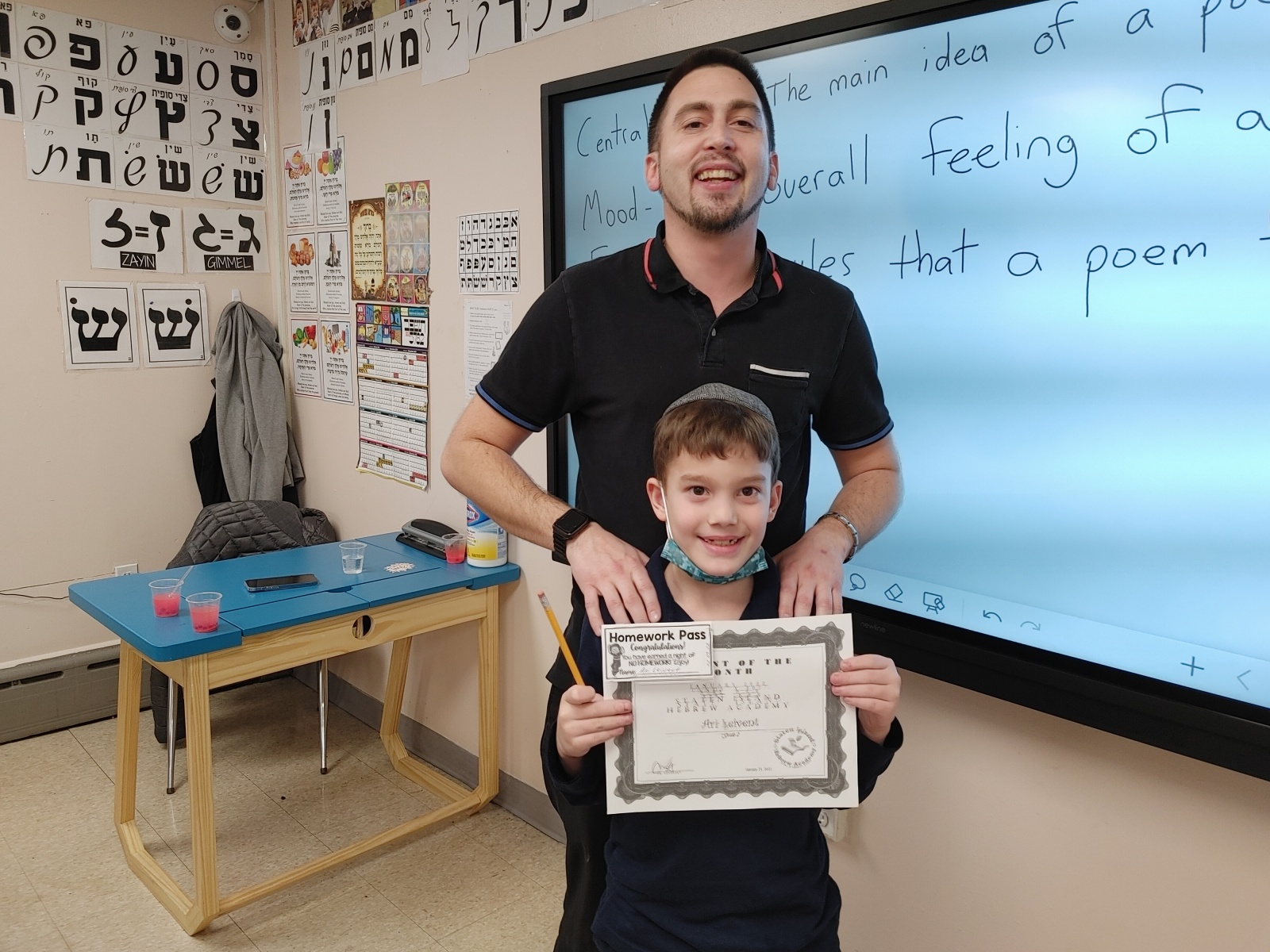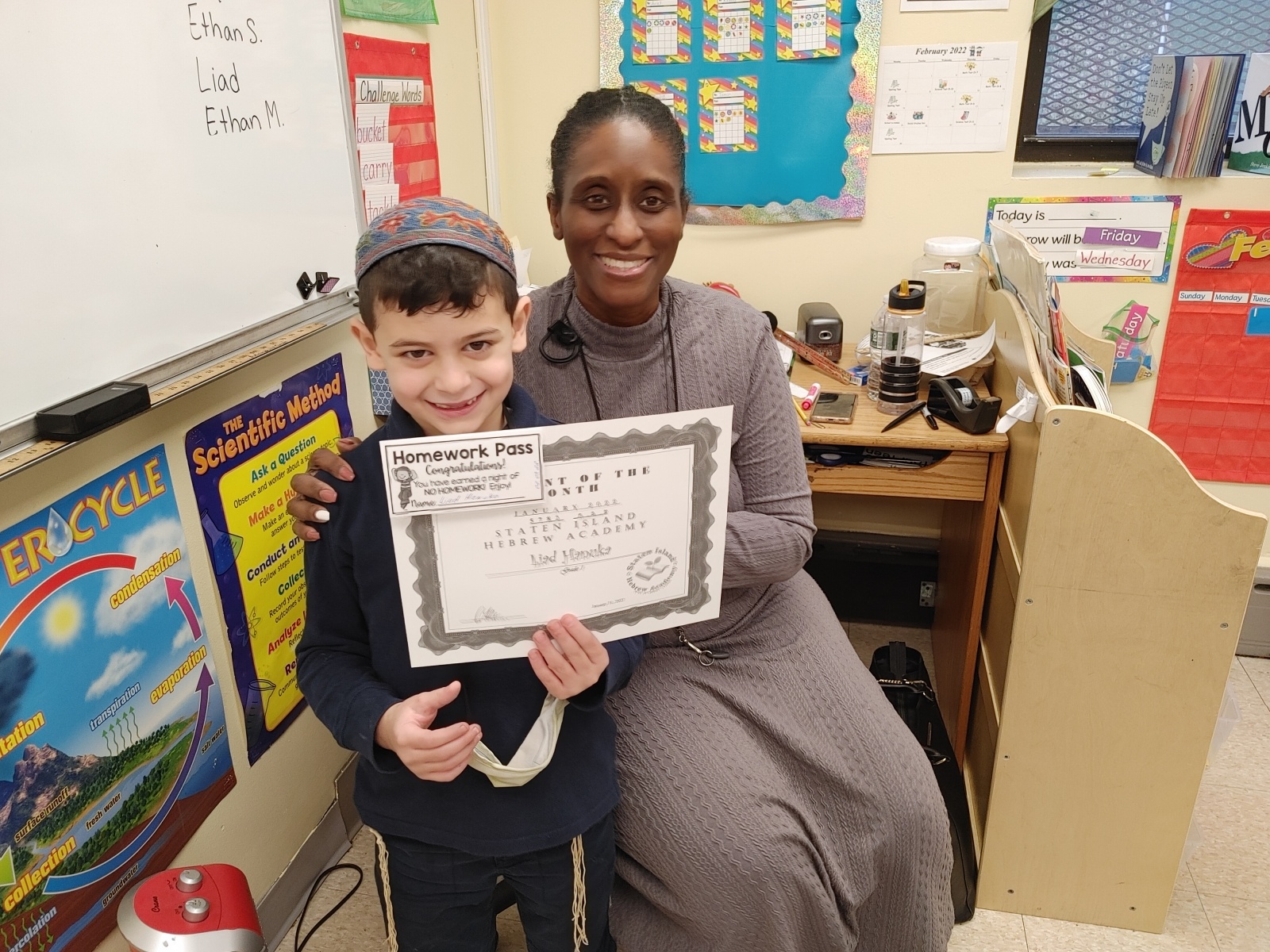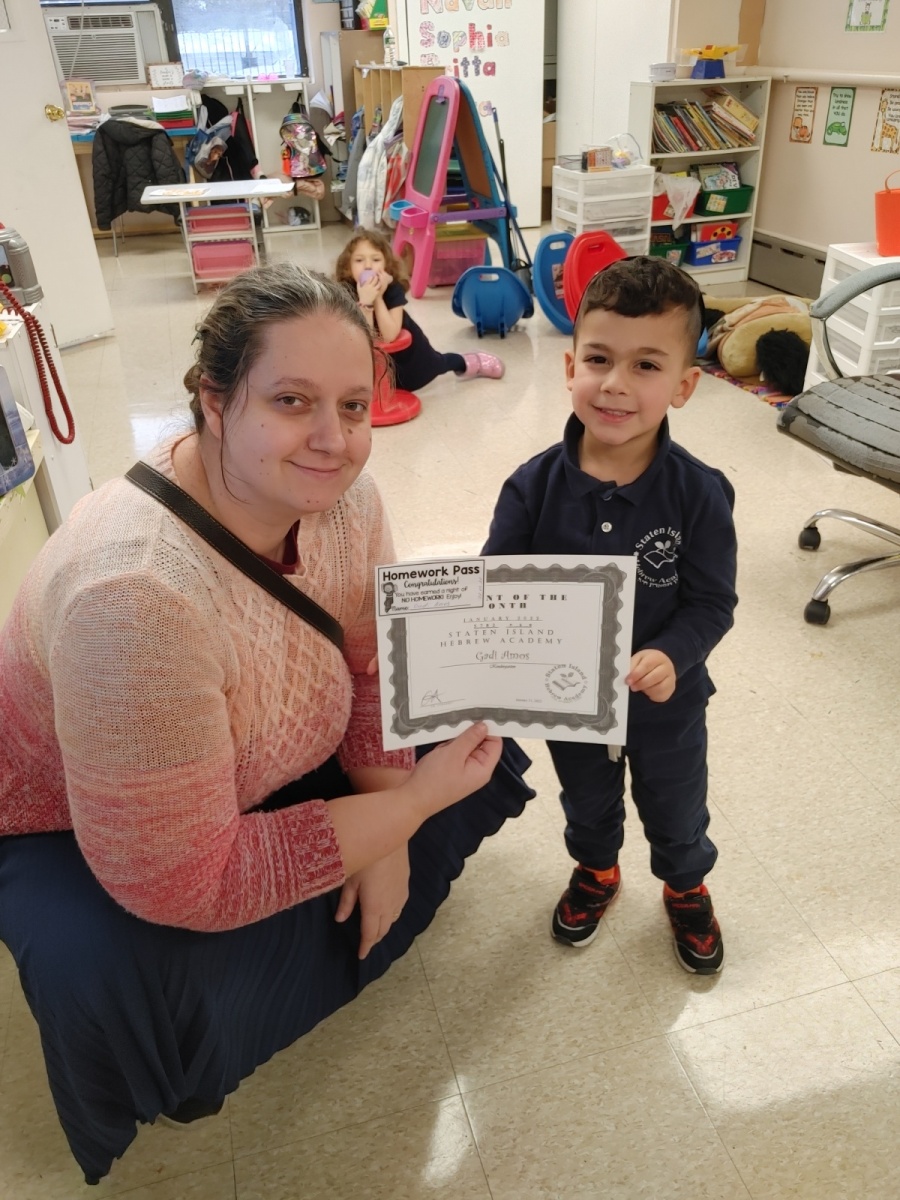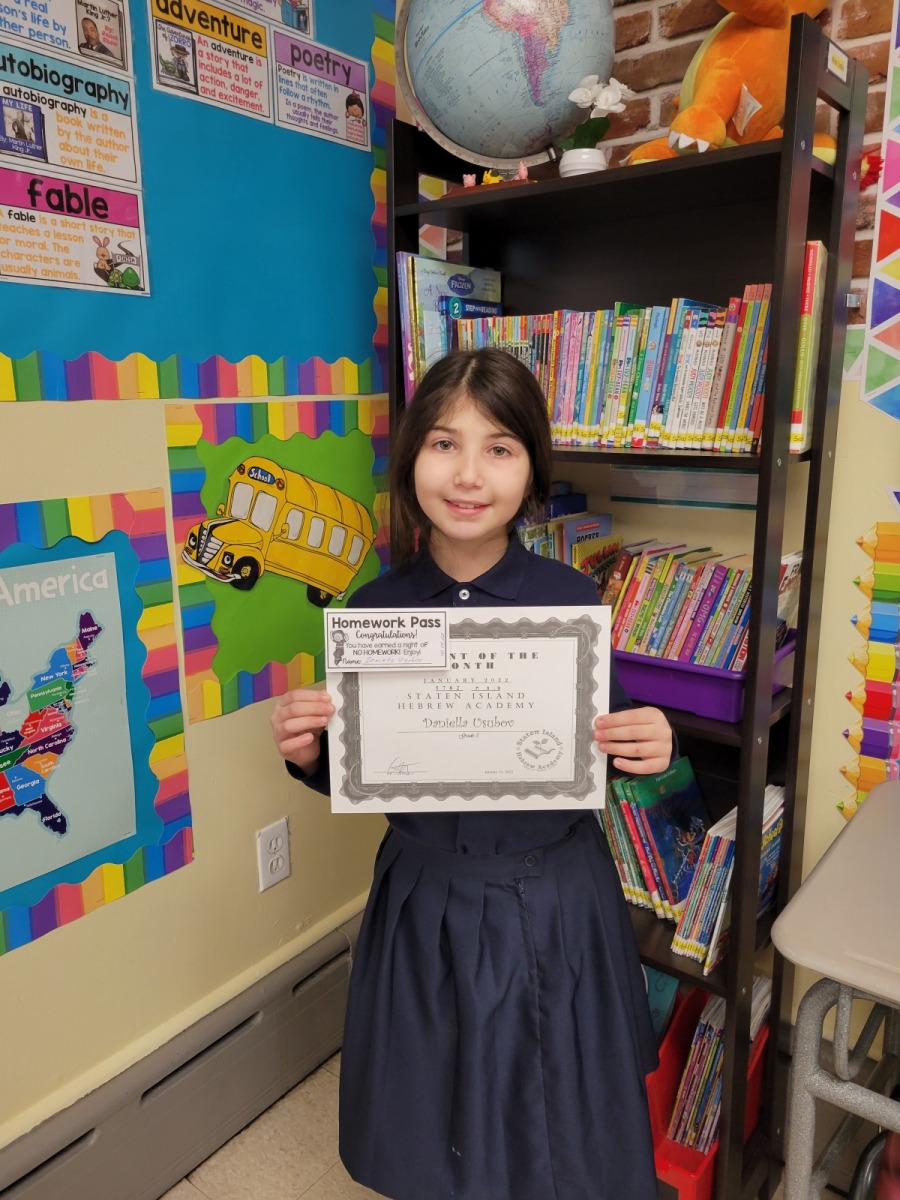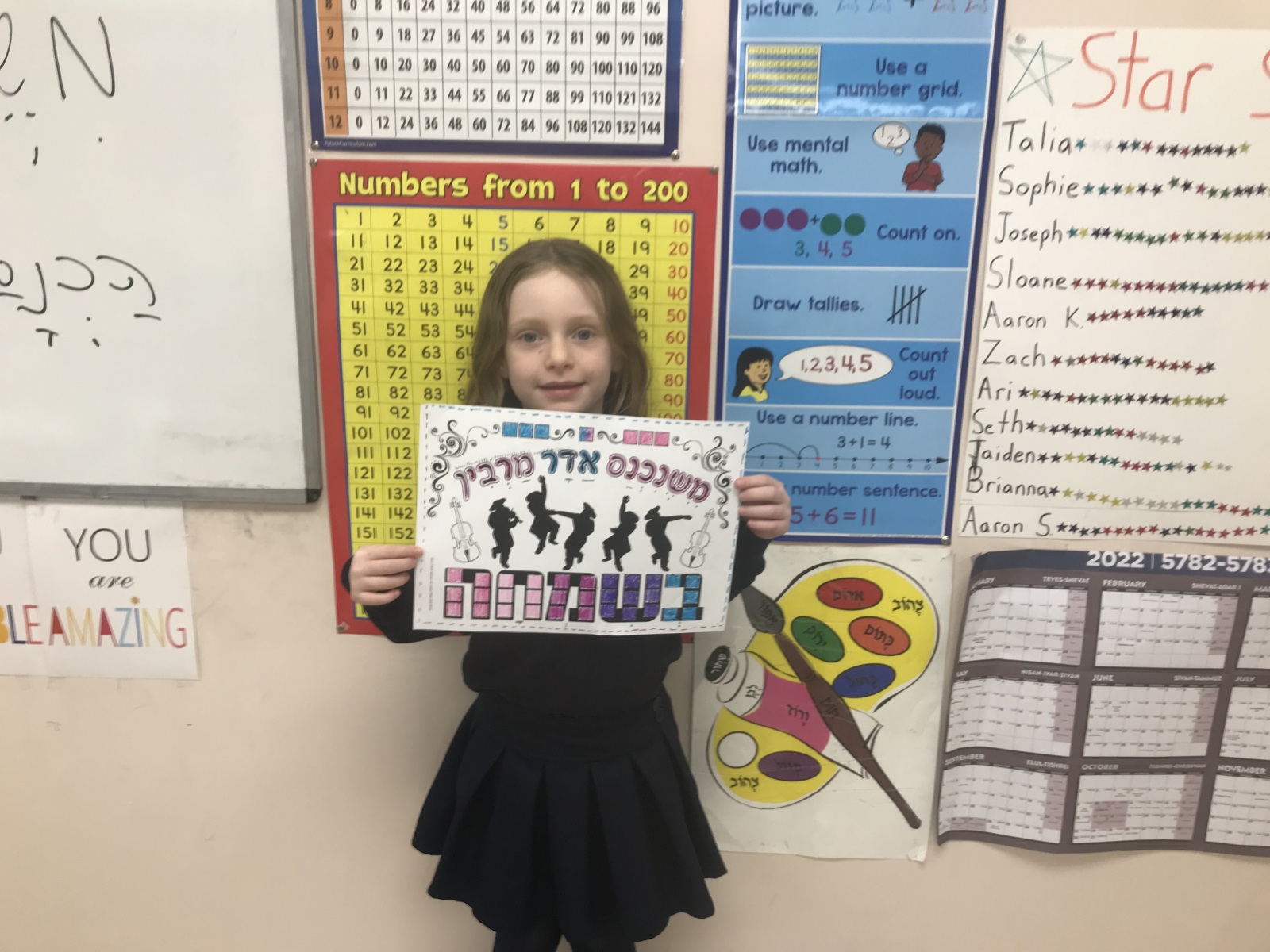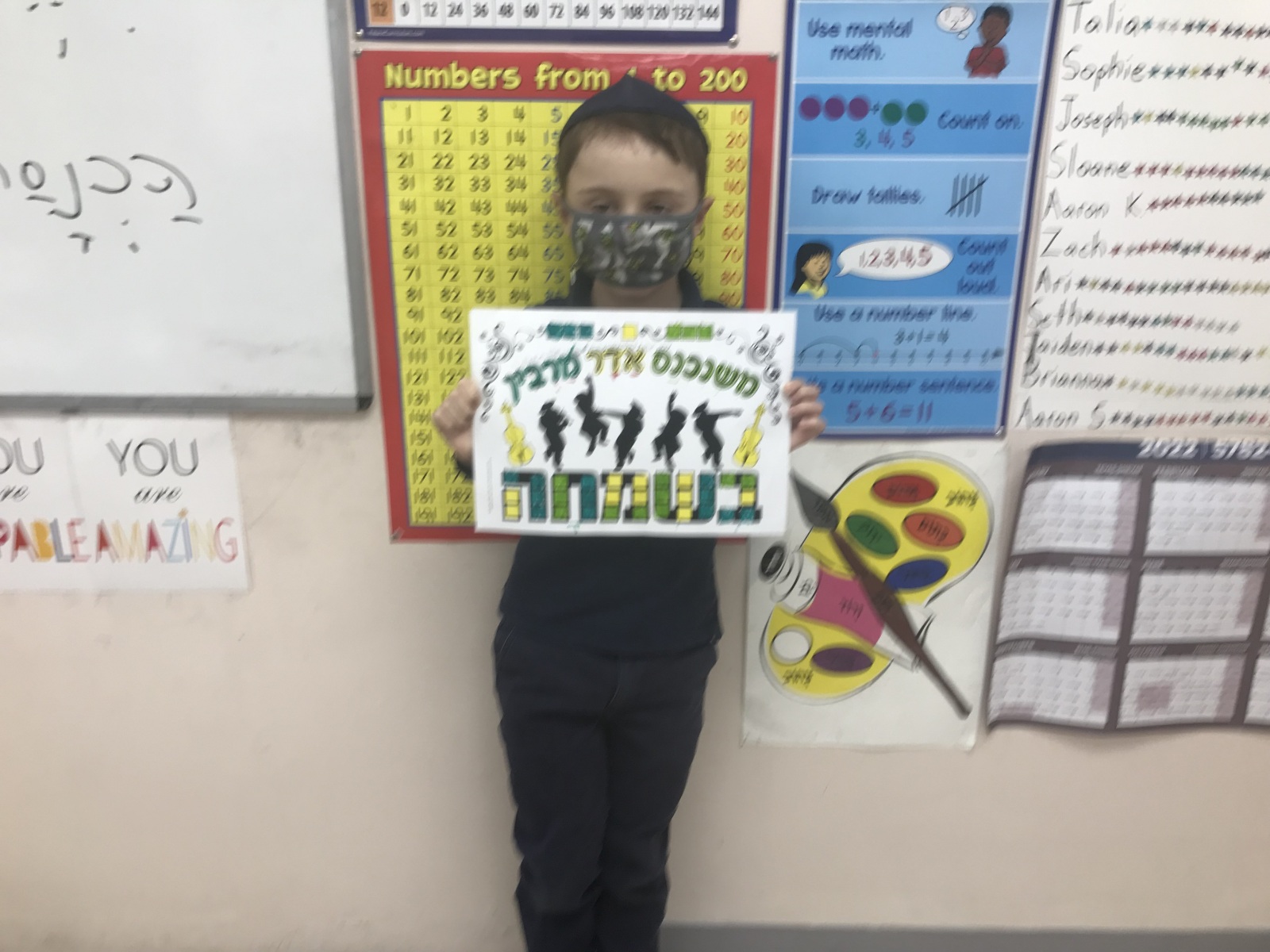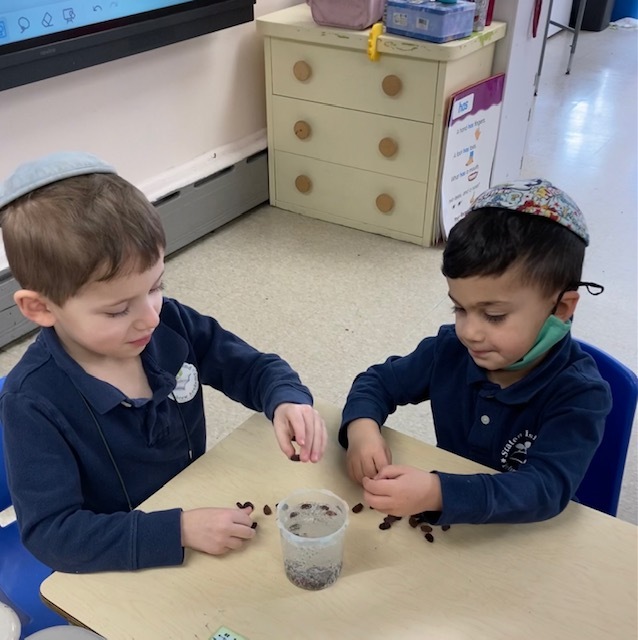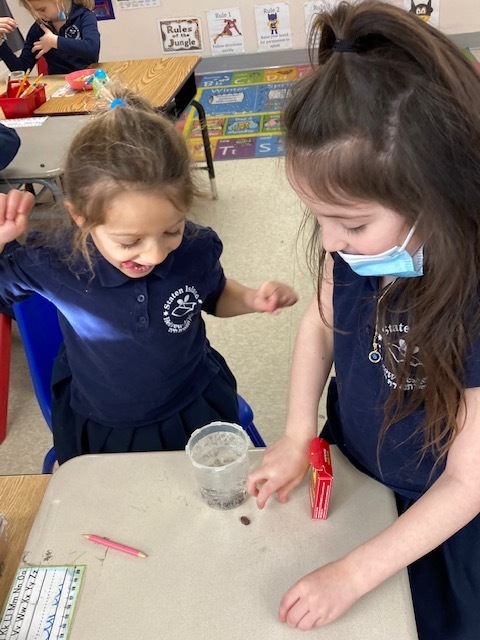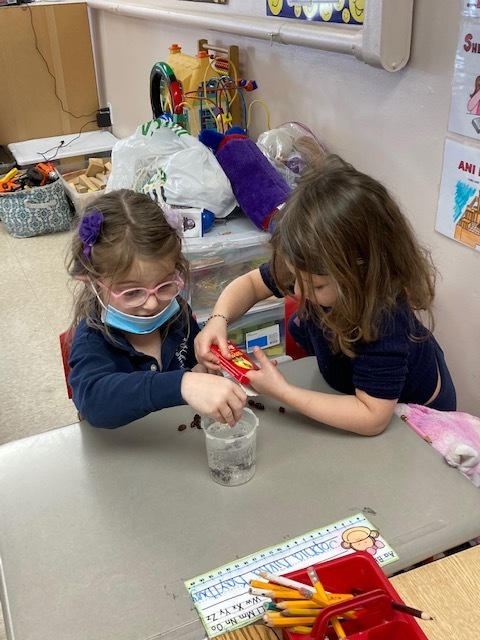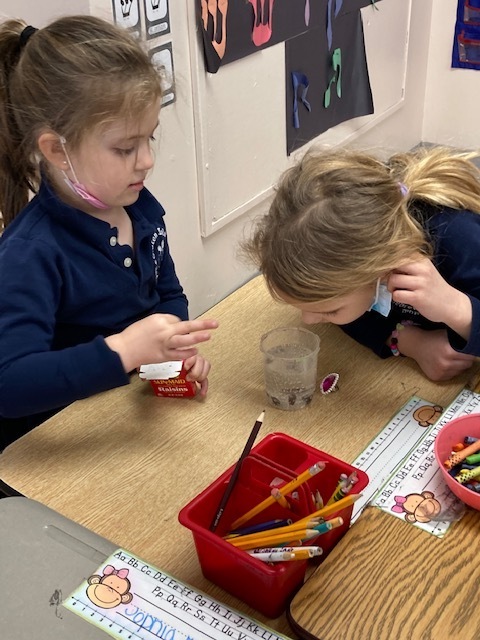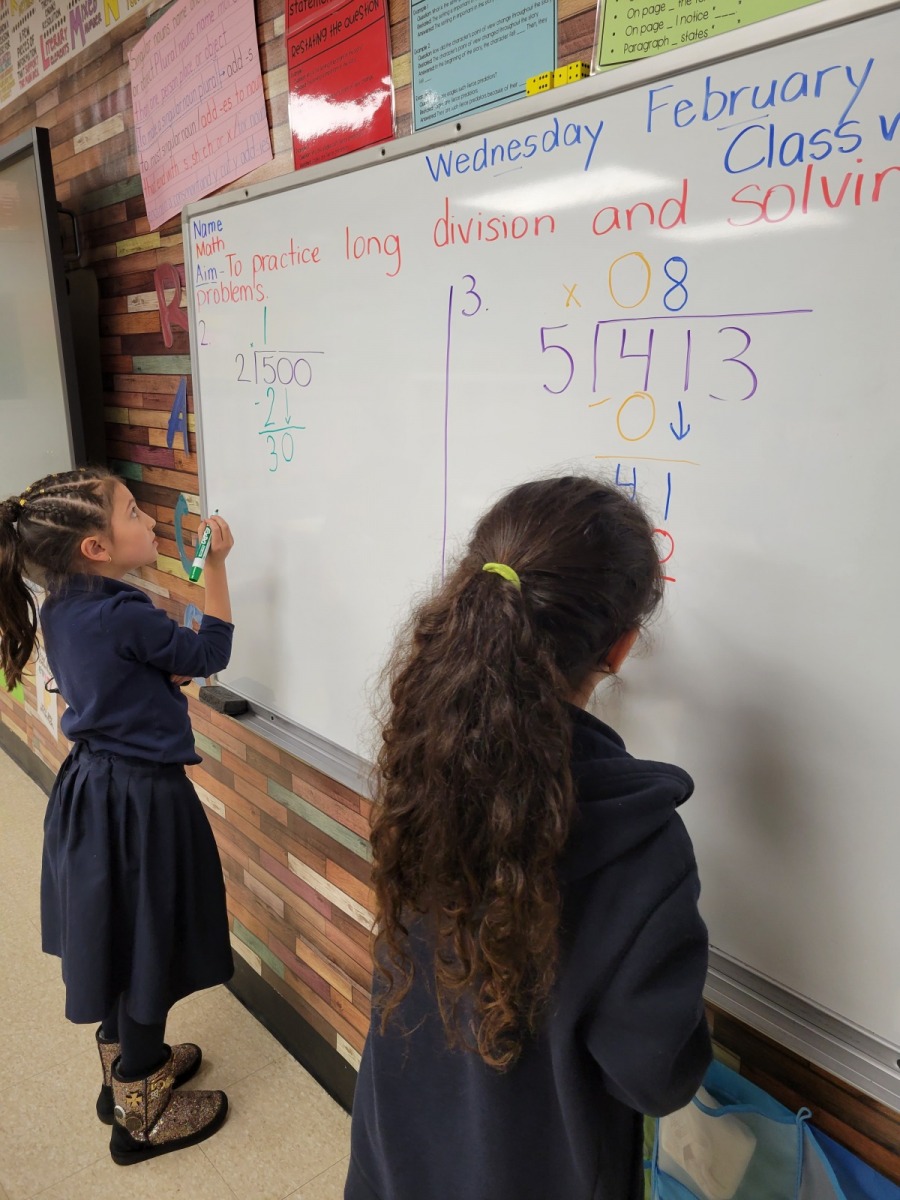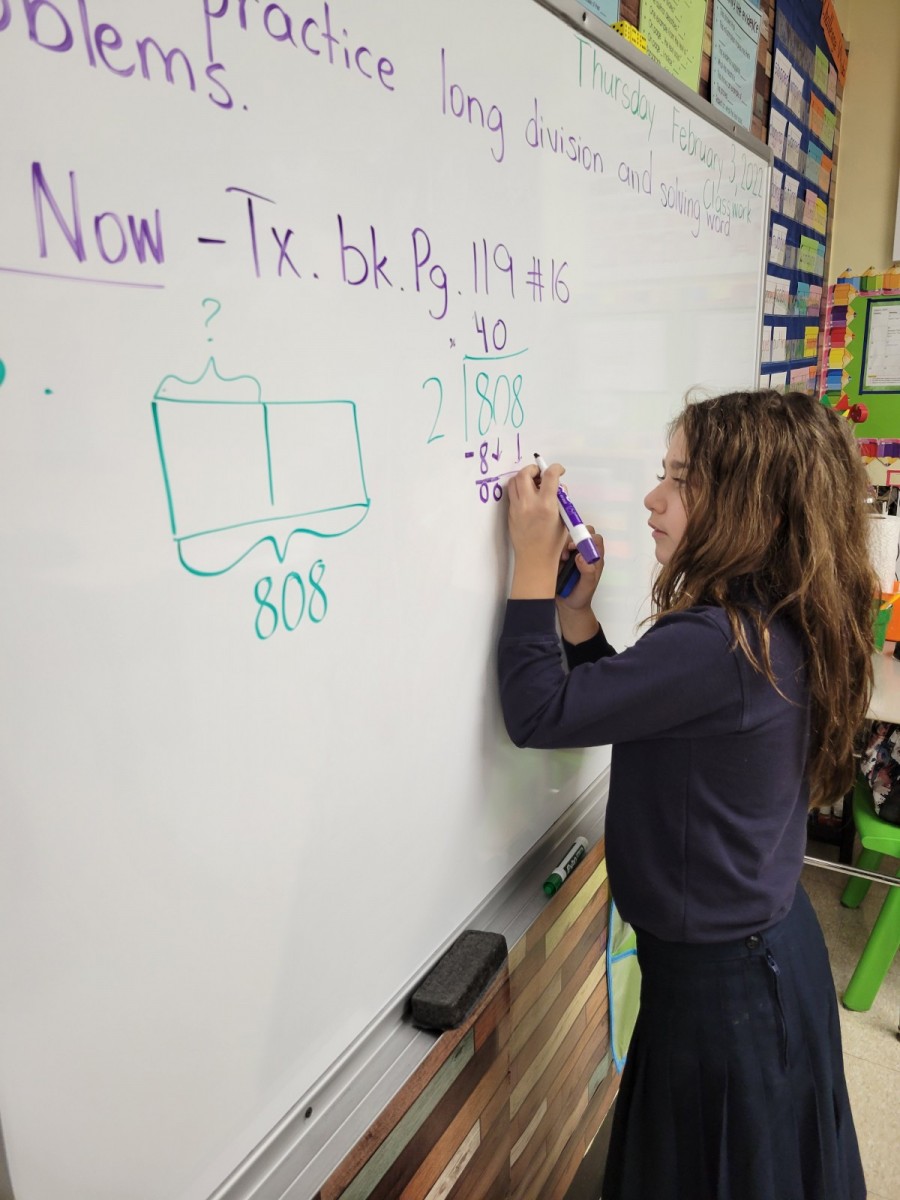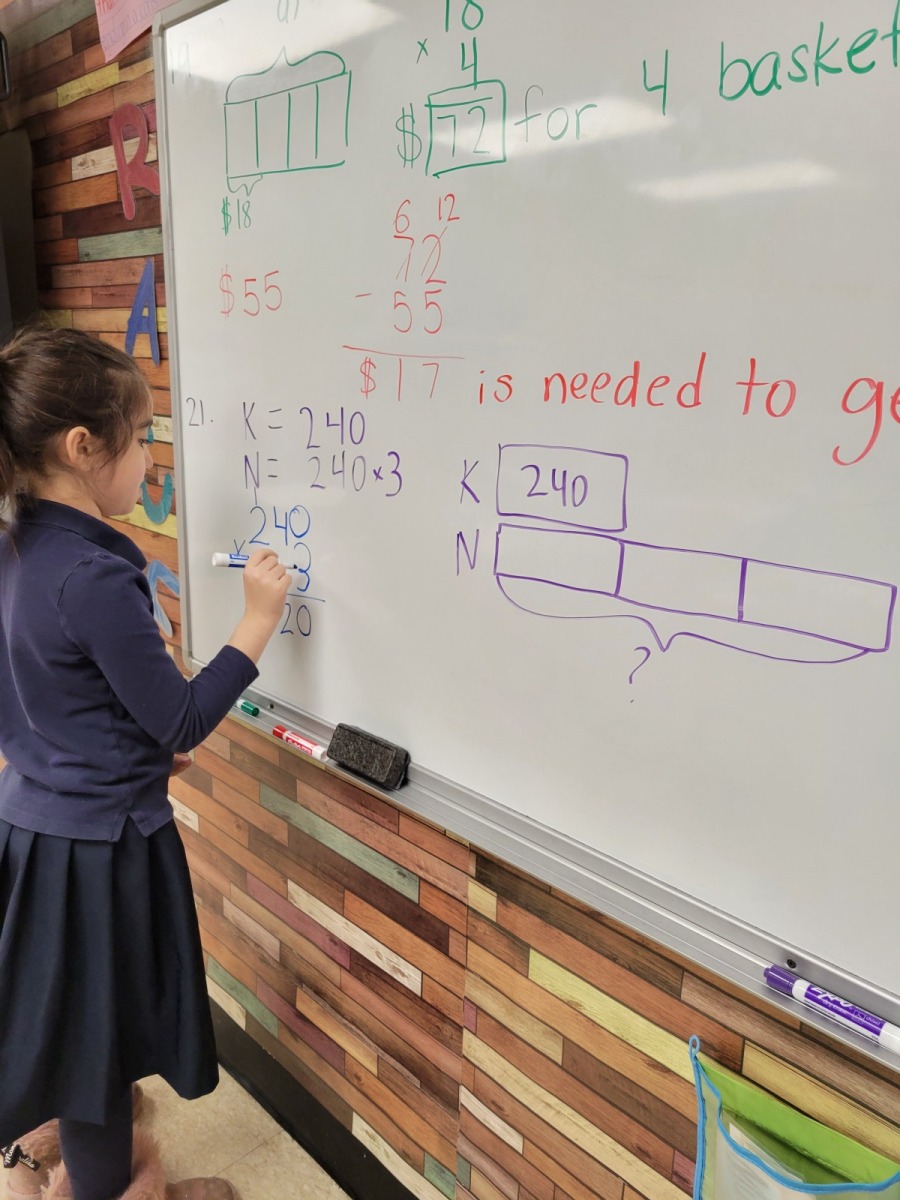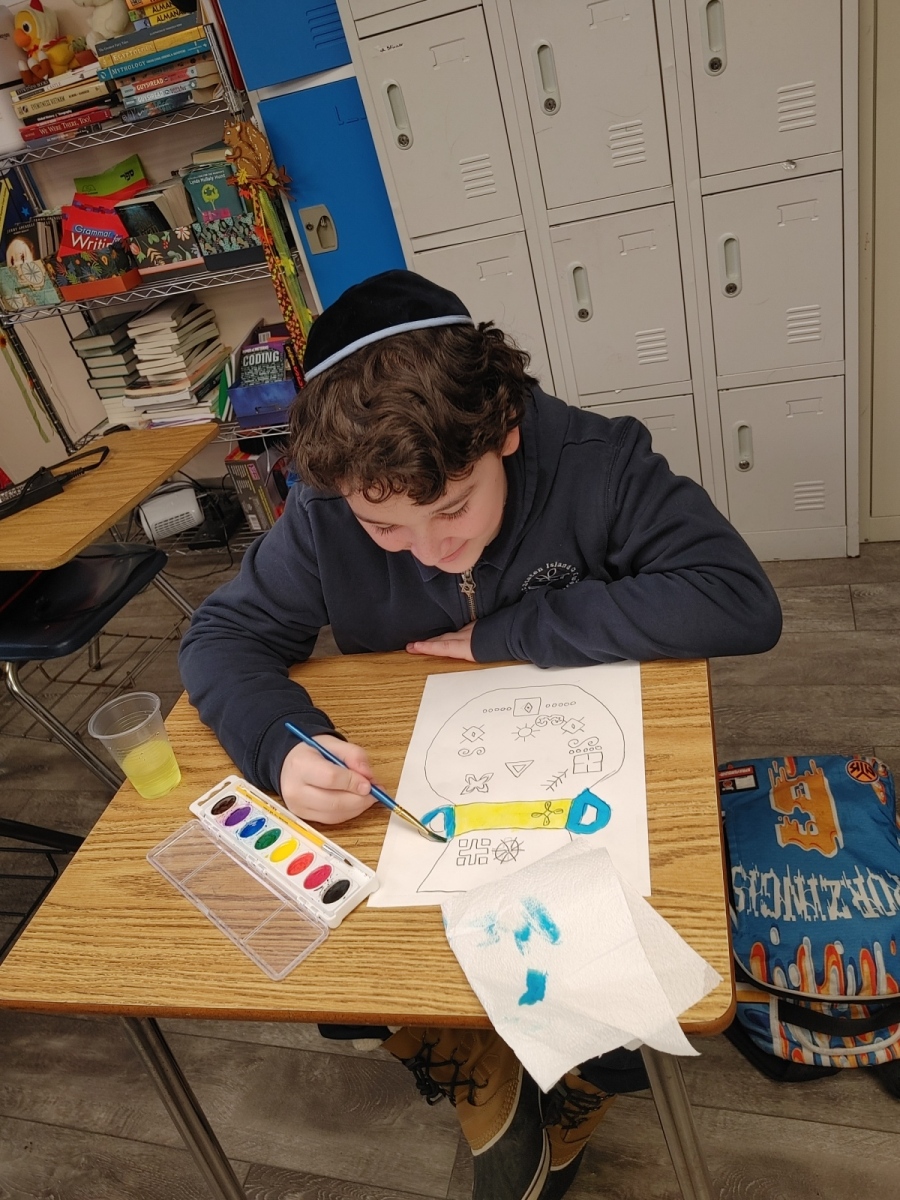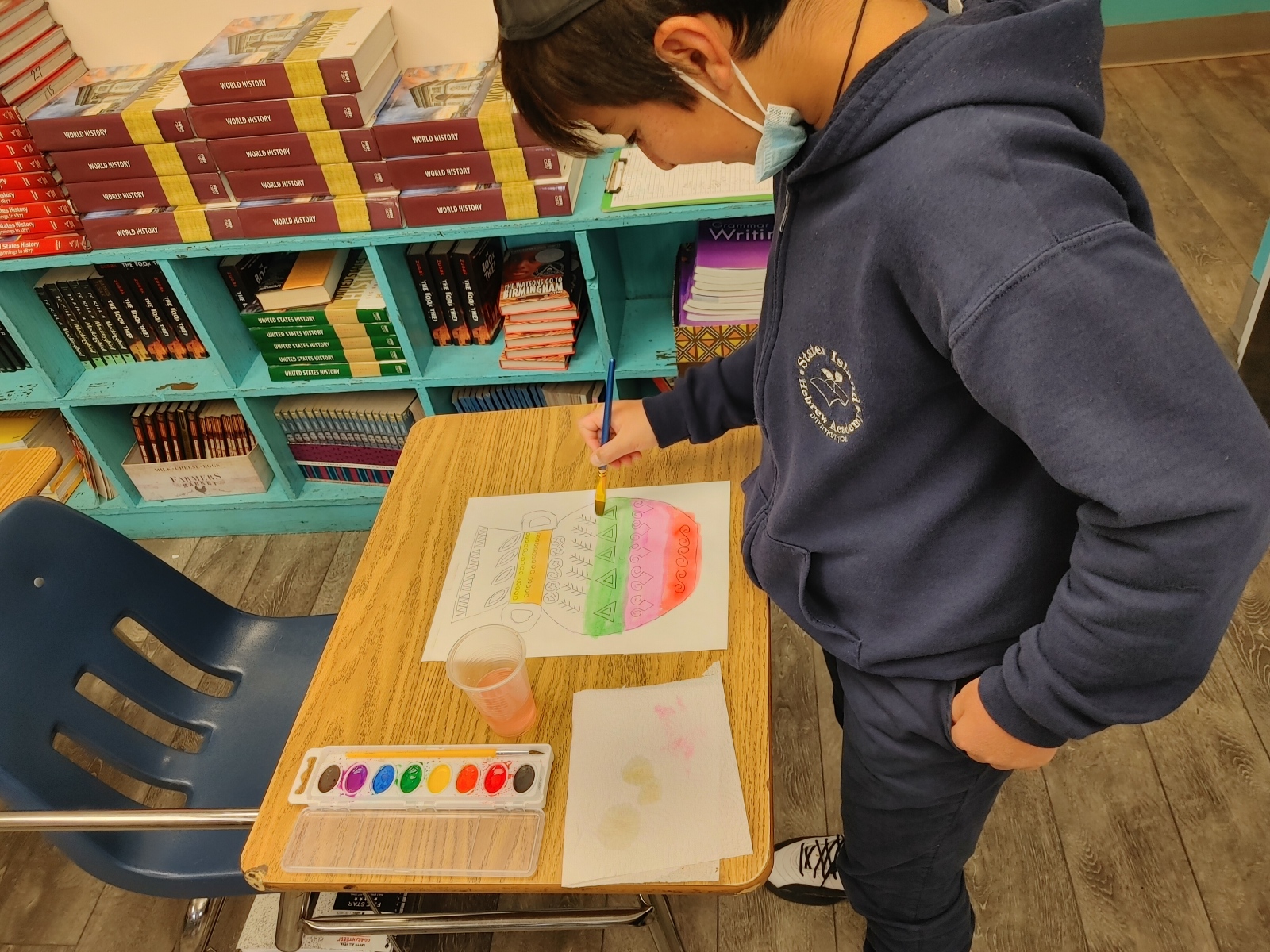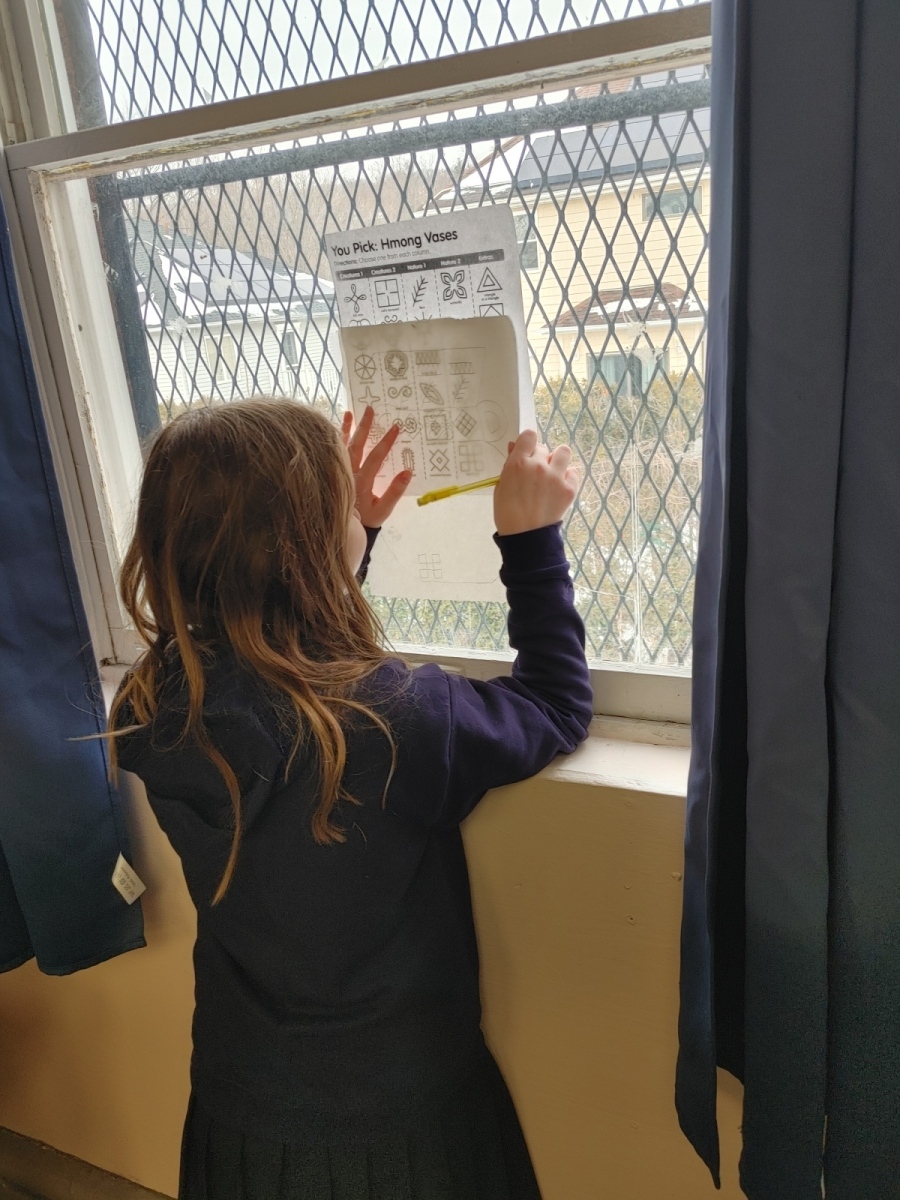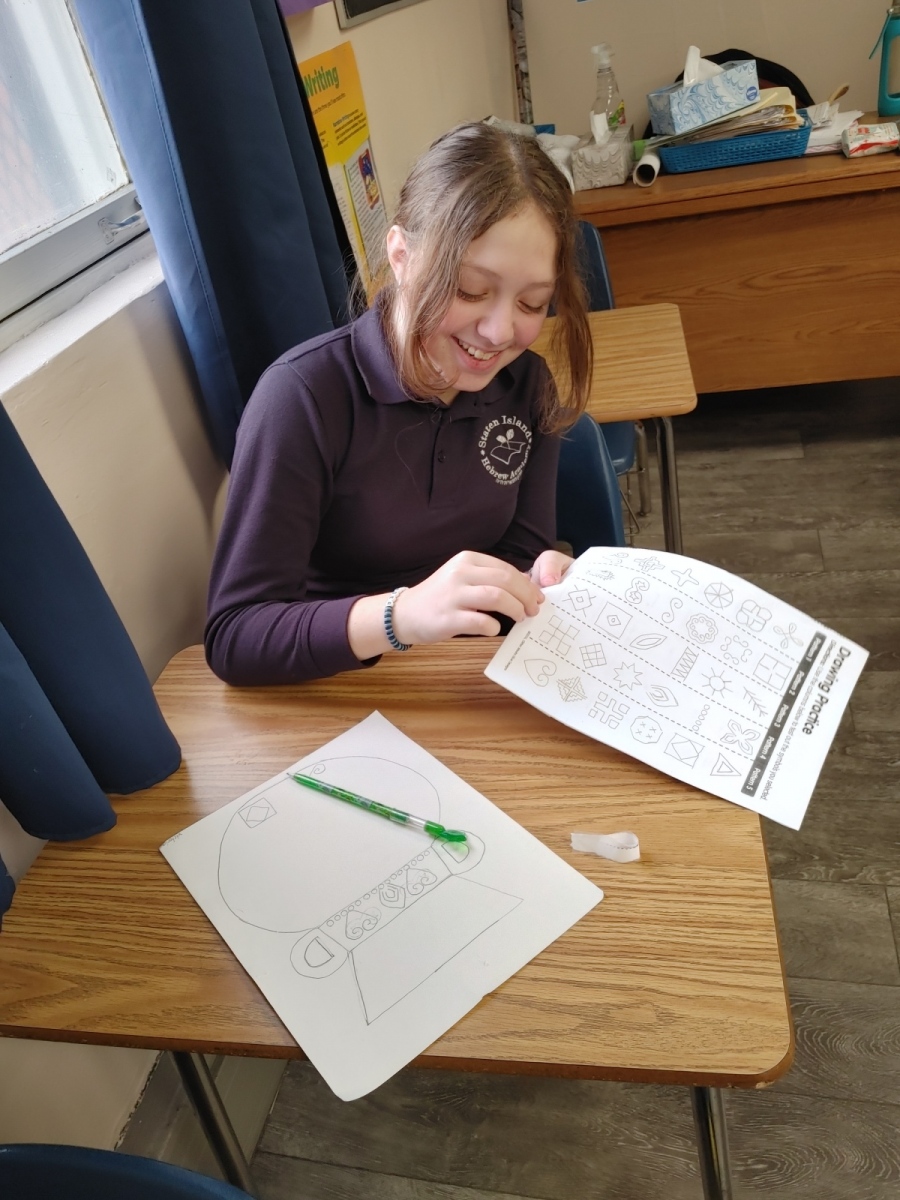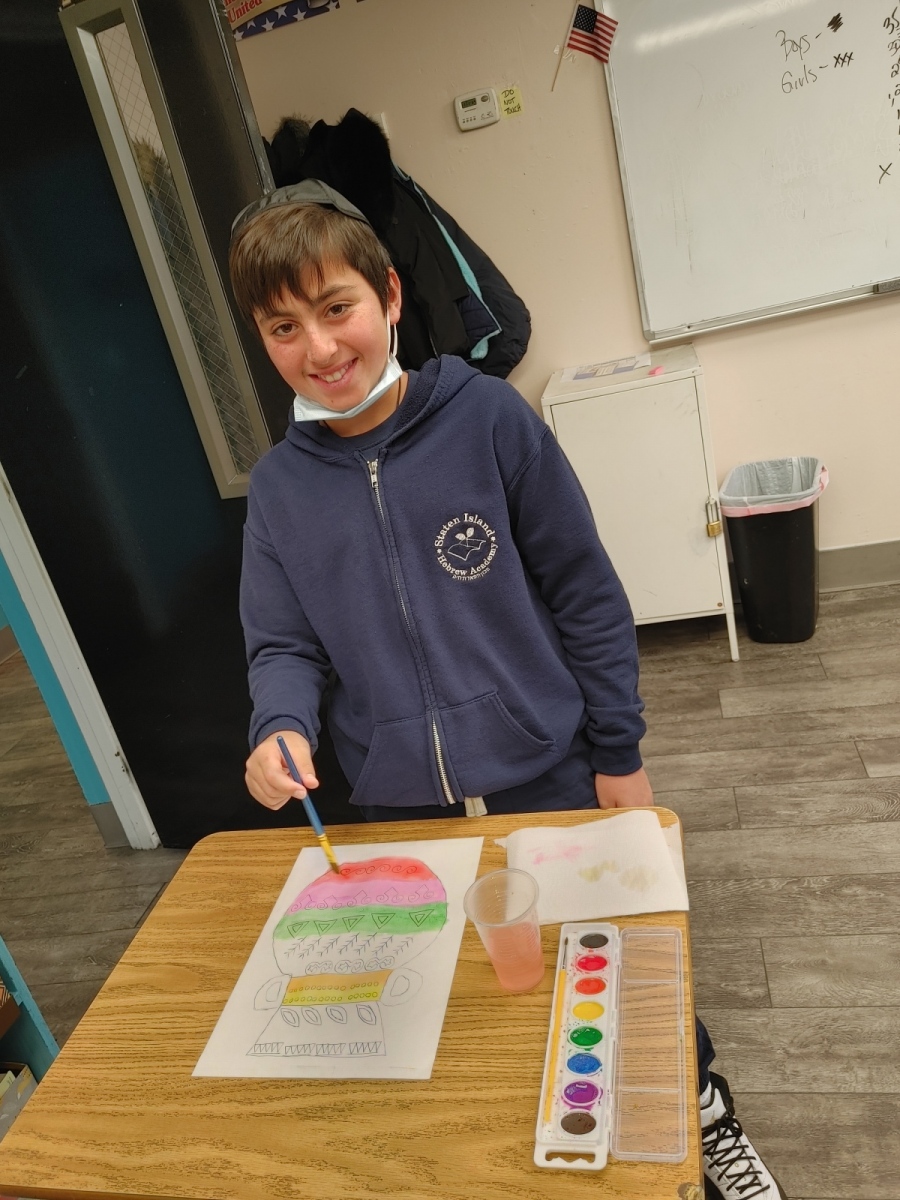Dvar Torah
Parshat Terumah
Candle lighting: 4:59pm
Havdalah: 6:02pm
The Mishkan was the first home Jews made for G-d. But the very idea is fraught with paradox, even contradiction. How can you build a house for God? He is bigger than anything we can imagine, let alone build.
Not only does it seem impossible to build a home for G-d. It should be unnecessary. Hashem can be accessed anywhere, as readily in the deepest pit as on the highest mountain.
The answer, and it is fundamental, is that Hashem does not live in buildings. He lives in builders. He lives not in structures of stone but in the human heart. What the Jewish Sages and mystics pointed was that in our parsha Hashem says, “Let them build me a sanctuary that I may dwell in them” (Ex. 25:8).
For Hashem to connect with us He had to do what the Jewish mystics called tzimtzum, “contract” Himself, screen His light, soften His voice, hide His glory within a thick cloud, and allow the infinite to take on the dimensions of the finite. That was the easy part (As finite beings we couldn’t withstand His glory at Mt Sinai). The difficult part had nothing to do with God and everything to do with us. How do we come to sense the presence of God? It isn’t difficult to do so standing at the foot of Mount Everest or seeing the Grand Canyon. You do not have to be very religious or even religious at all, to feel awe in the presence of the sublime. However, how does one feel the presence of God in the midst of everyday life? Not from the top of Mount Sinai but from the plain beneath? Not when it is surrounded by thunder and lightning as it was at the great revelation, but when it is just a day among days?
That is the life-transforming secret of the name of the parsha, Terumah. It means “a contribution”. Hashem said to Moshe: “Tell the Jewish nation to take for me a contribution. You are to receive the contribution for me from everyone whose heart prompts them to give” (25:2). The best way of encountering God is to give.
The very act of giving flows from, or leads to, the understanding that what we give is part of what we were given. It is a way of giving thanks, an act of gratitude. That is the difference in the human mind between the presence of God and the absence of God.
If God is present, it means that what we have is His. He created the universe. He made us. He gave us life. He breathed into us the very air we breathe. All around us is the majesty, the plenitude, of God’s generosity: the light of the sun, the gold of the stone, the green of the leaves, the song of the birds. The world is Hashem’s art gallery and His masterpieces are everywhere.
When life is a given, you acknowledge this by giving back.
But if life is not a given because there is no Giver, if the universe came into existence only because of a random fluctuation in the quantum field, if there is nothing in the universe that knows we exist, if our moral convictions are self-serving means of self-preservation and our spiritual aspirations mere delusions, then it is difficult to feel gratitude for the gift of life. There is no gift if there is no giver. There is only a series of meaningless accidents, and it is difficult to feel gratitude for an accident.
The Torah therefore tells us something simple and practical. Give, and you will come to see life as a gift. You don’t need to be able to prove God exists. All you need is to be thankful that you exist – and the rest will follow. That is how Hashem came to be close to the Jews through the building of the Mishkan. It wasn’t the quality of the wood and precious metals and drapes.” It was the fact that it was built out of the gifts of “everyone whose heart prompts them to give” (Ex. 25:2). Where people give voluntarily to one another and to holy causes, that is where the Divine Presence rests.
Hence the special word that gives its name to this week’s parsha: Terumah generally translated as “a contribution” but it actually has a subtly different meaning for which there is no simple English equivalent. It means “something you lift up” by dedicating it to a sacred cause. You lift it up, then it lifts you up. The best way of scaling the spiritual heights is simply to give in gratitude for the fact that you have been given.
God doesn’t live in a house of stone. He lives in the hearts of those who give and pay it forward.
—
Chana Uzhansky Ed.D.
Head Of School
Special Announcement
Dear parents.
Thank G-d, we had an unbelievable week!
The joyful spirit of Adar has arrived; and this year, due to the Jewish leap year, we’ve got it double! (There are 2 months of Adar this year.)
Shout out to Mr Jaffe for sponsoring our spectacular magic show this week in honor of Rosh Chodesh Adar! The kids all had a fantastic time with Jerry and many kids even had him write them an autograph 😉
This month’s exciting contest:
We are working on spreading joy and making others happy by including one another. Lots of times, it can be difficult to invite another friend to join your sleepover, party, play date, etc or you’re playing a game and there are other kids watching who may be really happy if you invited them in..
Every time a student goes out of their way to include another person, they will add a paper clip to their class’s chain. At the end of Adar, whichever class has the longest chain will win a fantastic ice cream party!!
Ready, set, go!
Shabbat Shalom!
Have a happy and wonderful month of Adar!
Best regards,
Miss Dershowitz
Mrs Ferber
A great big SIHA congratulations to our amazing Students of the Month for January!
Kindergarten – Gadi Amos
First Grade – Liad Hanuka
Second Grade – Ari Leivent
Third Grade – Daniella Usubov
4th Grade – Joshua Applebaum
5A – Taila Badalov
5B – Hanna Kimerling
Middle School Judaic Studies – Ethan Shenkman
Middle School Secular Studies – Madison Graham
Judaics
Kindergarten and First Grade
We baruch Hashem had another great week in kindergarten and first grade Judaics!
In kriah, the first grade began learning a new nekuda “cholam – oh!”. They’re great at it. The kindergarten learned the letter mem sofit and its mitzvah of netilat yadaim.
In kesiva, the first grade learned the letter chaf sofit.
We began learning the 13 Jewish principals of faith, the “ani ma’amins”, through song and stories. We already learned four of them!
We also learned about the mishkan in parsha.
In honor of Rosh Chodesh Adar, we enjoyed an exciting magic show!
Looking forward to another great week!
Second Grade
It was wonderful being back at school this week. Wednesday in honor of Rosh Chodesh Adar (the new month of Adar Aleph) the children colored a decorative poster which says משנכנס אדר מרבין בשמחה which means ״When the month of Adar enters we increase our joy.” Ask your child to sing the song in Hebrew for you. We are learning so many Hebrew words as we build our Hebrew Vocabulary as well as perfecting our reading skills. We are continuing to review the various Brochos we make on different foods and we learned about the laws of Kashrut and different kosher signs. Shabbat Shalom.
Third Grade
Welcome back to Third grade at Siha!
We came back full swing Davening and learned wonderfully.
They know our Hebrew Milim Really well and the Rosh Milim as well.
In Chayainu we are still practicing Our Jewish months and Holidays, and their dates. A test is coming up for that.
In Pitgam with thanks to Noach Sharoni we learned about the happiness that comes during the month of Adar. We are all trying to make sure that no one in our class feels sad.
For this Rosh Chodesh we started to say Halell! The special prayer that is only said on Rosh Chodash. Third grade Davens really nicely and maturely with a lot of Kavanah. It surely makes Hashem proud!
This weeks Parsha came alive learning the parts of The Mishkan- the house where Hashem lived.
Have a great Shabbat!
Morah Ferber
Fourth Grade
Dear Parents,
It was a great week “getting back to business” after mid-winter break. It was great to see all the smiley children back in the classroom.
In Davening we started the beautiful Tefilla of Mizmor L’todah. We spoke at length about how we have to serve Hashem with a smile. We said a great story about how Mike loved always doing Mitzvot with a smile and it helped throughout his life.
In Chumash we learned about that Avraham Avinu was living in Eretz Yisroel and there was a hunger. He therefore went to Egypt to get food. We spoke about how a person cannot live even for a while without food.
Sarina and Matthew were the students of the week.
Keep it up.
Shabbat Shalom,
Rabbi Berelowitz
5th and 6th Girls
Dear parents.
Thank G-d, we had a fantastic week!
We continued on in Shemoneh Esrei learning Birkat Selicha and Birkat Geulah. We learned about the special Mitzvah of Birkat Hamazon, the after-blessing of bread.
The girls all enjoyed delicious sweet rolls and we blessed Birkat Hamazon out loud when we were finished.
The girls had a wonderful time at the Rosh Chodesh Adar magic show and we sang Hallel (Praise to G-d; sung on Jewish holidays) together.
We learned the 3rd Ani Maamin, Principle of Faith. We enjoyed the story of the Atheist college professor who asked his class, “Do you see the board?”
They responded, “Yes!”
“Do you see your professor?”
“Yes!”, they replied.
“Do you see G-d?”
“No!”
To which the professor rejoined, “Then there is none!”
A student came to the front of the classroom.
“Do you see the board?” He mimicked.
“Yes!”, the class replied.
“Do you see your professor?”
“Yes!”
“Do you see his brain?”
“No!”
“Then there is none!”
We’ve learned how we cannot see G-d. He is not physical in any way. However, we understand that there are many things we cannot see or comprehend
comprehend; yet we know that they truly exist.
The one thing we must understand is not what G-d is, but what He does. He created and controls the world, loves us, takes the best care of us and wants to connect and have a real relationship with us.
We can connect to G-d by talking to Him, praying to Him, keeping His commandments, learning Torah and being kind to others.
Shabbat Shalom!
Have a wonderful and relaxing weekend!
Best Regards,
Miss Dershowitz
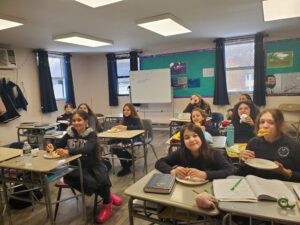
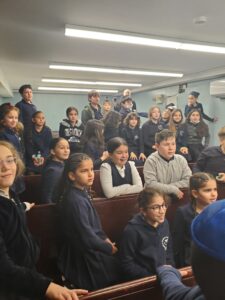
5th and 6th Boys
5th and 6th grade boys are getting ever nearer to the end of Parashat Va’eira. We are currently learning about the Maca of Barad = hail. This was hail like no other. A mixture of ice and FIRE. Yes, fire! They agreed to get along to do the will of their creator-Hashem and help punish the Egyptians for what they did to our ancestors, the Jews in Egypt.
In Mishna, we are currently learning the laws about if one made a Suka under a tree, or if one made a Suka and built another Suka on top of the first Suka! What happens if one built a Suka in a house?!
In Parasha we learned Parashat T’ruma which discusses the Mishkan, the resting place of Hashem, while our ancestors were in the Midbar-the wilderness. Rabbi Kuritsky brought in a beautiful book which illustrates/depicts the Mishkan and its Keilim-vessels.
7th and 8th Girls
7th and 8th grade girls
In Parasha we learned Parashat T’ruma which discusses the Mishkan, the resting place of Hashem, while our ancestors were in the Midbar-the wilderness.
Rabbi Kuritsky brought in a beautiful book which illustrates/depicts the Mishkan and its Keilim-vessels.
This week, we continued our “daily self marking Tfila” chart. Girls are motivated to daven daily as they realize the significance of both davening and being graded on it.
In Navi-Prophets, we are continuing our study of the Jews- our ancestors conquering the “Promised land”-The land of Israel. We discussed how six kings tried to fight against us but lost.The Giv’onim are trying to trick Yehoshua into thinking that they are some other country, not one of the Seven Nations, so that the Jews will not be compelled to kill them.
Stay tuned into the newsletter , and next week we will fill you in as to what happens.
We really enjoyed the Rosh Chodesh treat; cupcakes and a real live magician.
He changed a few students into …. No. Not really., but we did enjoy the merry making nonetheless. This Rosh Chodesh has a special significance, as it is the month of Adar I, as ther are 2 months of Adar, this [lunar] year. Although we do not celebrate Purim during this month, it is Adar and a month of happines, nonetheless.
Thank you Miss Dershowitzand Mrs. Ferber!
7th and 8th Boys
What a great week we just experienced.
In Davening we had lessons on the Beracha of Shemoneh Esreh of Modim. We questioned Students about what they are thankful for. Asher and Mark had really good answers.
In Gemara class we spoke about two main topics.
One. We spoke about what type of cities the A’rei Miklat were. Were the cities of the Ari Miklat big or small. Meaning to say, is it easy to conquer or not.
Two. We learnt a fascinating Gemara that a Student that goes to Galus his Rabbi comes with him. We learn it from a pasuk. The Gemara says a statement that here we see a person should not teach a Student that is not proper.
Topics from the Parsha:
Hashem told מֹשֶה to start collecting the materials that would be needed for the building of the משכן. Everyone would have the זְכוּת to join in. Each person would give however much they wanted to, and no one was forced to give. (Of course everyone wanted to give though!) Some of the materials collected would be used to make the clothing of the כֹּהַנִים.
The משכן was inside the חצר. The משכן had 2 parts: the קֹדֶשׁ and the קֹדֶשׁ הַקָדָשִׁים, which were separated by a curtain. The ארון was inside the קדש הקדשים; the שולחן and מנורה were inside the קדש.
The ארון was made of 3 boxes, one inside the other. The outside and most inside ones were made of gold, the middle one was wood. It was covered on top by the כַּפֹּרֶת which had the כְּרוּבִים on top.
The שֻׁלְחָן was made from wood that was covered with gold. It had 6 shelves, with 2 breads on each shelf. They were called the לֶחֶם הַפָּנִים. They were kept there the whole week and then eaten by the כהנים. They stayed fresh and warm the whole week.
The מְנוֹרָה was made from one big piece of gold. It had 7 branches (not like our מנורה) with flowers, cups, and balls on it for design. משה didn’t understand how to make it, so Hashem told him to throw the piece of gold into a fire and the מנורה was made.
The walls of the מִשְׁכָּן (קְרָשִׁים) were made from עַצֵי שִׁטִים covered with gold. Each beam was 10 אַמוֹת tall.
Shabbat Shalom,
Rabbi Berelowitz
Elementary School
Kindergarten
This week kindergarten became the King of ING! They learned how to read and spell many different words with the ING sound. They read a nonfiction story about a Fox and a Kit. In Math they continued to review subtraction by playing many games. They played subtraction games such as who stole the cookie from the cookie jar, a game with rubber ducks, dice, and they played subtraction bowling. They also reviewed their math facts and learned how to add plus 9 to a number using mental math. In science they learned all about the forces push and pull. In social studies they made a puppet for Groundhog Day. They also learned about the Washington Monument, the Great Seal of the United States, and they practiced their part for the Social Studies Fair.
First Grade
Our fabulous first graders are having a blast learning about explorers. They have mastered the 7 continents and 5 oceans, and are now excited to hear about the voyages of exploration by sea. Students have researched about Ferdinand Magellan, Juan Ponce de Leon, Leif Erikson., and even Sacagawea We look forward to sharing this knowledge during the Social Studies Fair.
In addition, students are “exploring” the properties of matter. We learned that matter exists just about everywhere, and can be observed with the five senses. Students were interested to see how different tools help scientists gather data about the world. We gathered data about our classroom using magnets and paper clip chains. They were so happy to test objects for magnetism and measure them for length.
Second Grade
This week 2nd grade began learning about poetry. We learned some vocabulary words related to poetry, read and analyzed a poem, and wrote poems of our own! In grammar, we are continuing to learn about verbs. We are learning how to differentiate verbs based on tense. In math, we are mastering our 2 and 3 times tables. In social studies, we are continuing to learn about the three branches of government in The United States, in preparation for the social studies fair! In the picture, you can see Joseph Cohen, who is so determined to complete all of the remaining pages in his math workbook, that he brought it to recess with him, and worked on it during his free play time! Now that’s dedication!
In science, students learned the causes of endangered and extinct animals; the ways to prevent endangered animals. Putting the clues together and assembling dinosaur bones was an exciting activity during science/Art class.
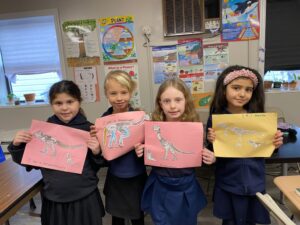

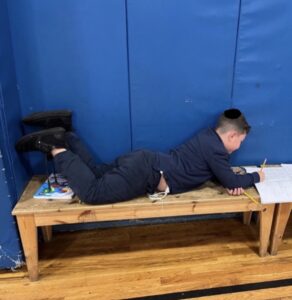
Third Grade
This week grade 3 students began to use long division! They also continued to develop their problem solving skills using multiple operations. During their Social Studies lessons, students began to prepare for the Social Studies Fair. They reviewed what a true patriot is and were introduced to 10 key figures in American history. They each received their patriot to research and also embody during our play. During our Reading lessons students analyzed chapter 8 of our class novel as well as the elements of biographical stories.
In science, students learned and distinguished between endangered and extinct animals; 4th graders created camouflages of different animals.
Fourth Grade
This week in math students completed operations on fractions unit. Started to prepare for noetic math contest and reviewed previous math topics.
I’m ELA students wrote thank you letters and poems to our amazing NYPD. Continued to write explanatory writing activities. Preparing for state exam.
In Social Studies students read, discussed, and answered questions about culture and traditions of people in the Lower South.
In science, students inferred the effect of change in an environment; described how organisms, including humans, affect their environment; described physical and behavioral adaptations.
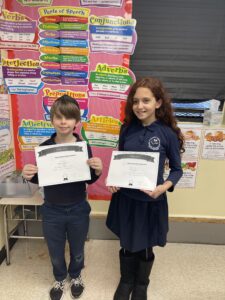
Fifth Grade
Fifth graders had a busy week! Both classes worked hard to write beautiful paragraph while using evidence from a nonfiction, historical text. We paid special attention to placing our textual evidence in context and making it a part of our paragraph, rather than just copying a quote and leaving it there. Students also worked on their vocabulary, and their class novels.
In Math, 5th grade finished their unit on ratios.
In science, students described some natural and human causes of extinction; identified ways humans can work to prevent the extinction of endangered species; identified the roles of producers, consumers, and decomposers in ecosystems; described how energy flows from one organism to another in food chains and in food webs.
5th Grade Social Studies
5th Grade will be working on their Social Studies production over the next couple of weeks. Both classes are assigned specific skits that they will perform. 5A will have 3 productions, “Child’s Work,” “The Declaration of Independence,” and “West to Hope” and 5B’s production is “Stealing Freedom.”
Middle School
Middle School ELA and Social Studies
6th graders had a busy week!
In Reading, we finished our unit on Milkweed. Students are creating a theme poster that will analyze the ‘big ideas’ behind the writing. Students also reviewed and studied for their unit three vocabulary test. Congratulations to Ruti for getting the highest score!
In Social Studies, students wrapped up their unit on China with a creative project in which we learned about the pottery of the Hmong people.
7th Grade
7th graders had a great week! In Reading, we started our novel study of Elie Weisel’s Night. Students read in class and had some fruitful discussions! We also continued practicing our writing using textual evidence, and worked on our next vocabulary study chapter.
In social studies, we started our unit on the American Revolutionary War. Students took notes and looked at primary sources from this time in our nation’s history.
8th Grade
8th graders had a busy week! In reading, we continued our novel study of Fahrenheit 451 by learning about the setting of this novel and examining key characters. We also worked on our next vocabulary unit.
In social studies, we continued our unit on the Cold War by learning about the Vietnam War.
Middle School Math
6th grade finished their unit on rates.
7th grade is reviewing percent change and proportionality.
8th grade reviewed graphing and solving absolute value functions.
Middle School Science
6th grade science
Students were able to identify fresh water sources; understood the breakdown of the ocean zones by depth, characteristics and organisms that inhabit those zones.
Mrs. Belli wants to mention Avigdor for an excellent participation during science class and great score on the Quiz.
7th Grade Science
Students are investigating the connection between our brains and the nervous system. Students will be discovering the various parts of the brain including the cerebrum, cerebellum, brain stem, pituitary gland, the spinal cord and the hypothalamus glands and how important these parts are to our daily life. The cerebrum is the thinking part of the brain and it controls your voluntary muscles. You also need the cerebrum to solve math problems, figure out a video game, draw a picture, recall both short and long term memory, it also helps you reason. The cerebellum controls balance, movement, and coordination. The brain stem is in charge of all the functions your body needs to stay alive, like breathing air, digesting food, and circulating blood. The pituitary gland releases hormones into your body, including ones that control the amount of sugars and water in your body.The hypothalamus gland is like your brain’s inner thermostat and keeps your body in the state of homeostasis with reference to body temperature. The spinal cord the spinal cord and nerves — known as the nervous system — that let messages flow back and forth between the brain and body.
8th Grade Science
Students are in the process of completing two NYS labs. Making Connections Lab which is a lab that allows students to investigate which body systems work together to keep our body balanced during exercise. Students will make connections as to the waste products that are released during exertion and which body systems are responsible for making this happen, what our body needs more of during exercise and how our body maintains dynamic equilibrium during this process. They will also be working on the NYS Diffusion through Membrane lab. During this lab, students will conduct a simulation at which time they will make a cell, fill it with macromolecules, place it in water with an indicator and determine which molecules will either diffuse into or out of the cell. They will explain the molecular activity in areas of high concentration and low concentration and they will be able to explain why some molecules can pass through the cell membrane and why some need assistance to pass through the cell membrane.
—
Mrs. Giordano
Science Teacher
Staten Island Hebrew Academy
Jewish History
7th grade learned what it means to have been born a Jew and what it gives us! We had some really intense discussions this week!
8th grade continued to review the last few units as we prepare to move on.
